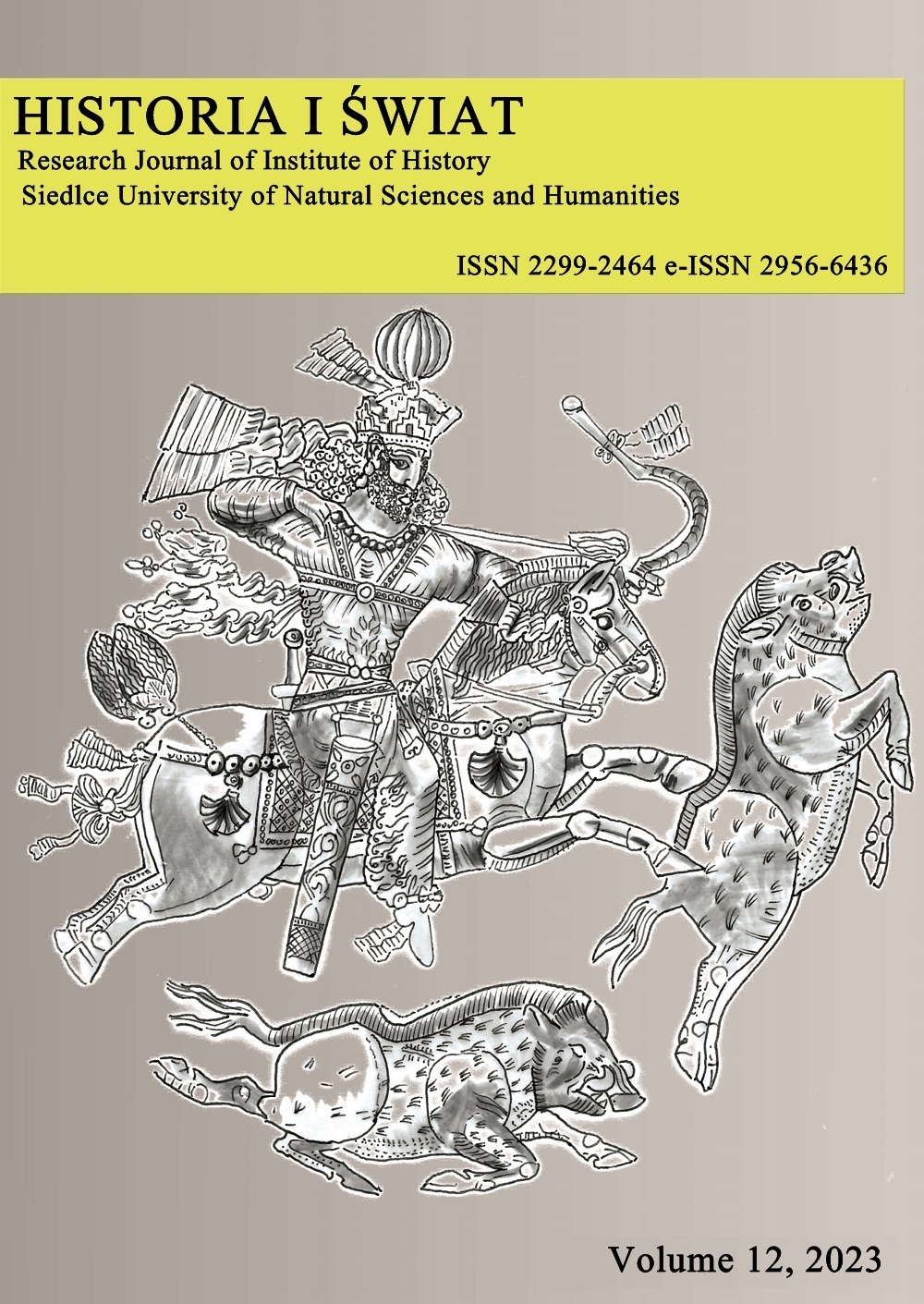Entertaining the Royalty. A forgotten tradition of the Vidushaka in Ancient Indian History
DOI:
https://doi.org/10.34739/his.2023.12.14Słowa kluczowe:
History, Dwarfs, Vidushaka, Jester, Brahmin, Entertainment, Ancient Indian HistoryAbstrakt
This paper provides an overview of the importance of dwarf figures/jesters in Ancient Indian history and society. There are numerous dwarf-like figures depicted in ancient Indian temples. These little figurines would have not only filled the area and add decorative value but also, they have a small but significant place in iconography. A dwarf-like figure, the Vidushaka, who was a brahmin with a tuft on his head and a staff in his hand, was found on the walls of Ajanta and in the Natyashastra text. His occupation is to light the stressful environment by making the court laughing. It goes without saying how valuable the Vidushaka is as a kind of entertainment in ancient India. The objective of this research is to look at how the Vidushaka (jester) had been contributing to the ‘entertainment industry’ of ancient India and how they have been portrayed through out the history (from ancient to medieval times). This would also allow us to discover that jesters were not only adept at entertaining others with amusing jokes, but also able to express himself on the oddities of human life.
Pobrania
Pobrania
Opublikowane
Numer
Dział
Licencja
Prawa autorskie (c) 2023 Authors

Utwór dostępny jest na licencji Creative Commons Uznanie autorstwa – Bez utworów zależnych 4.0 Międzynarodowe.




